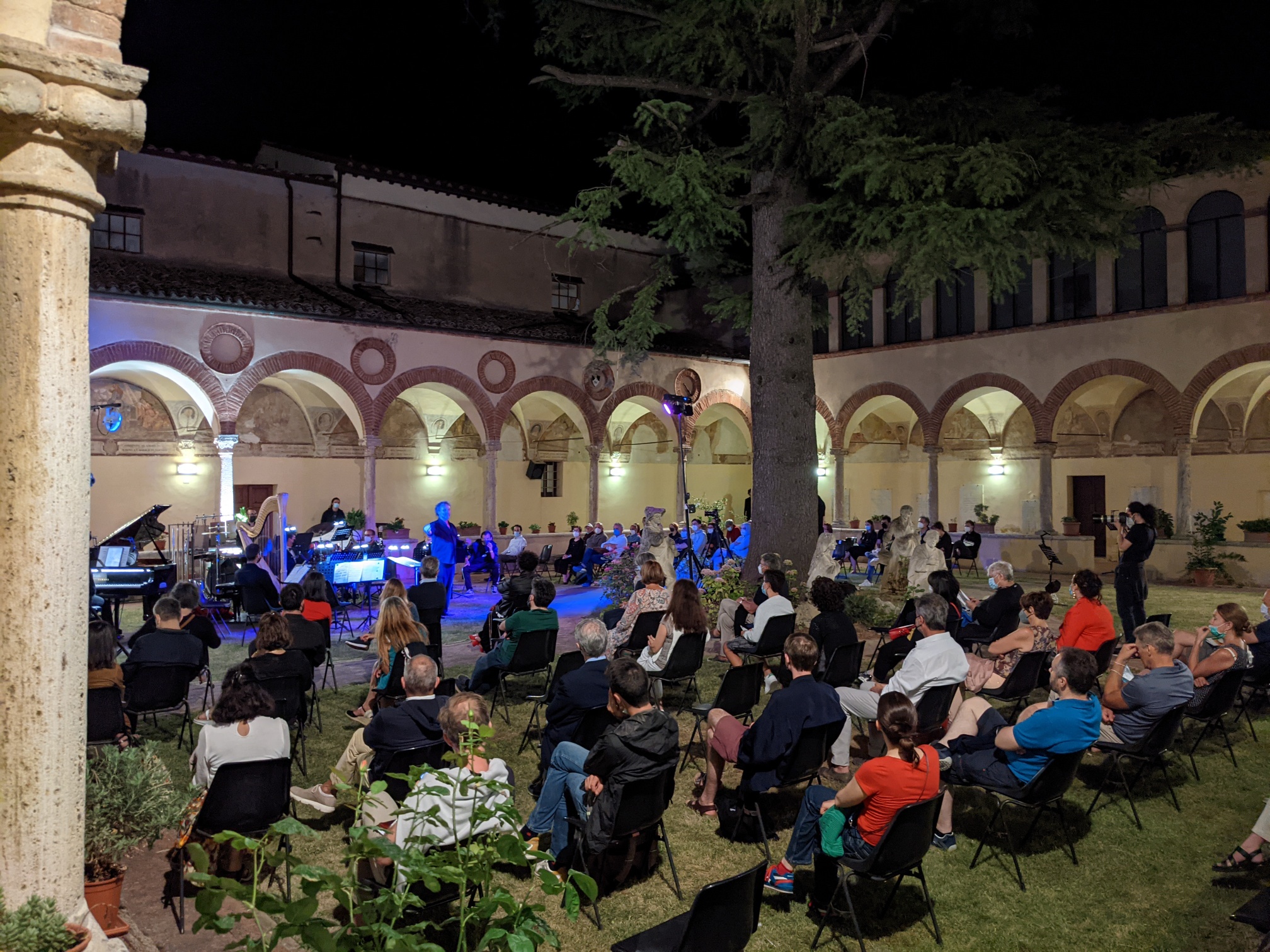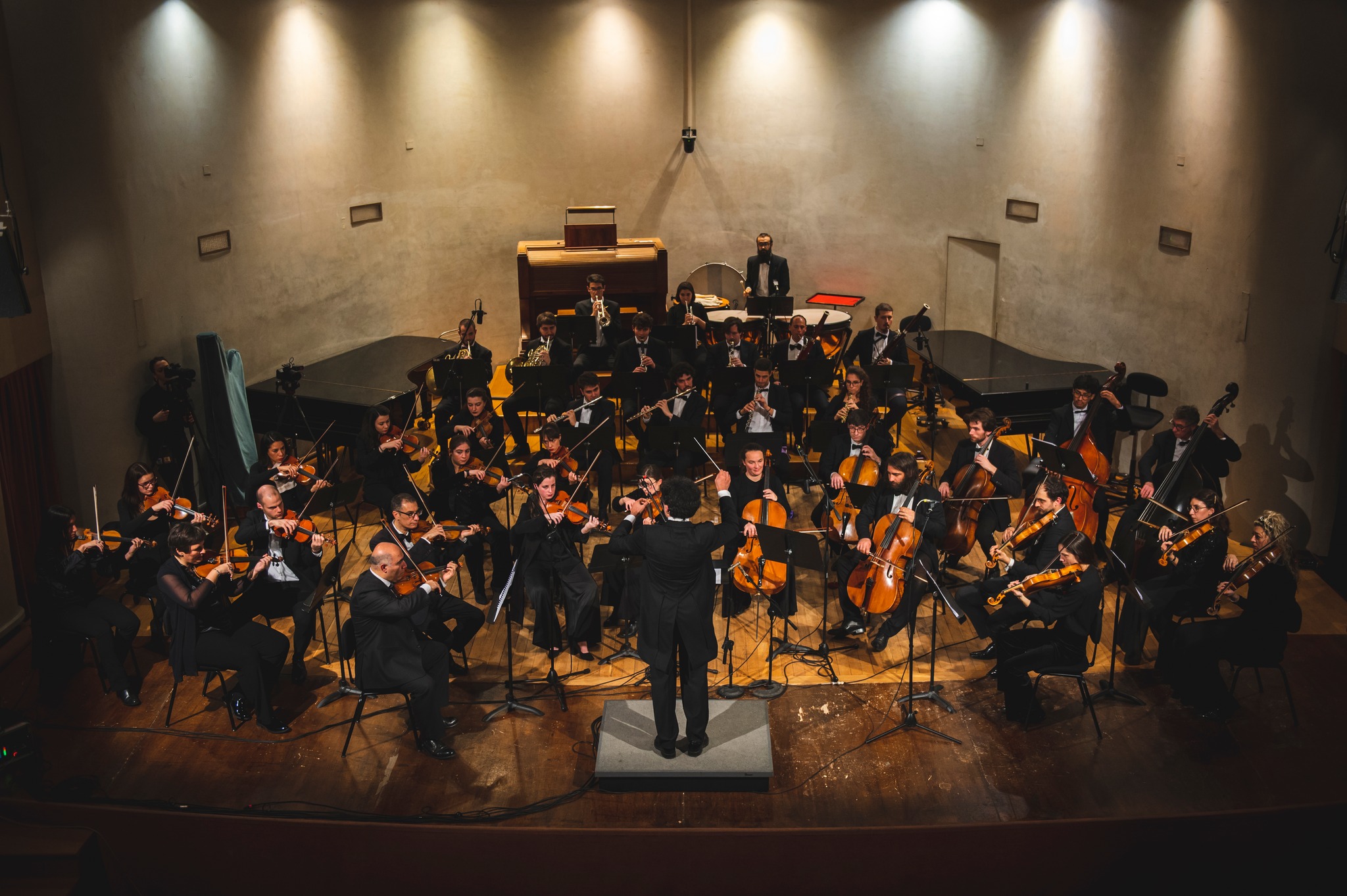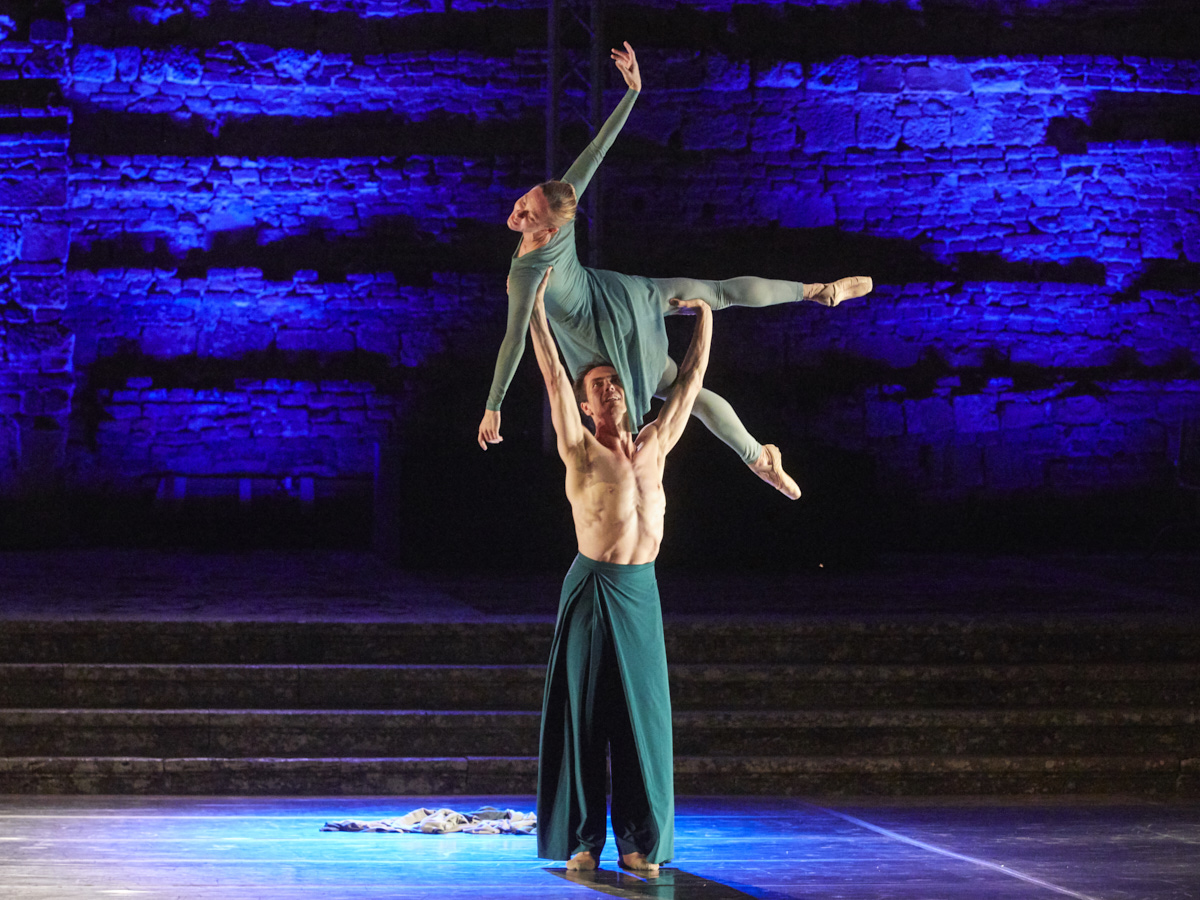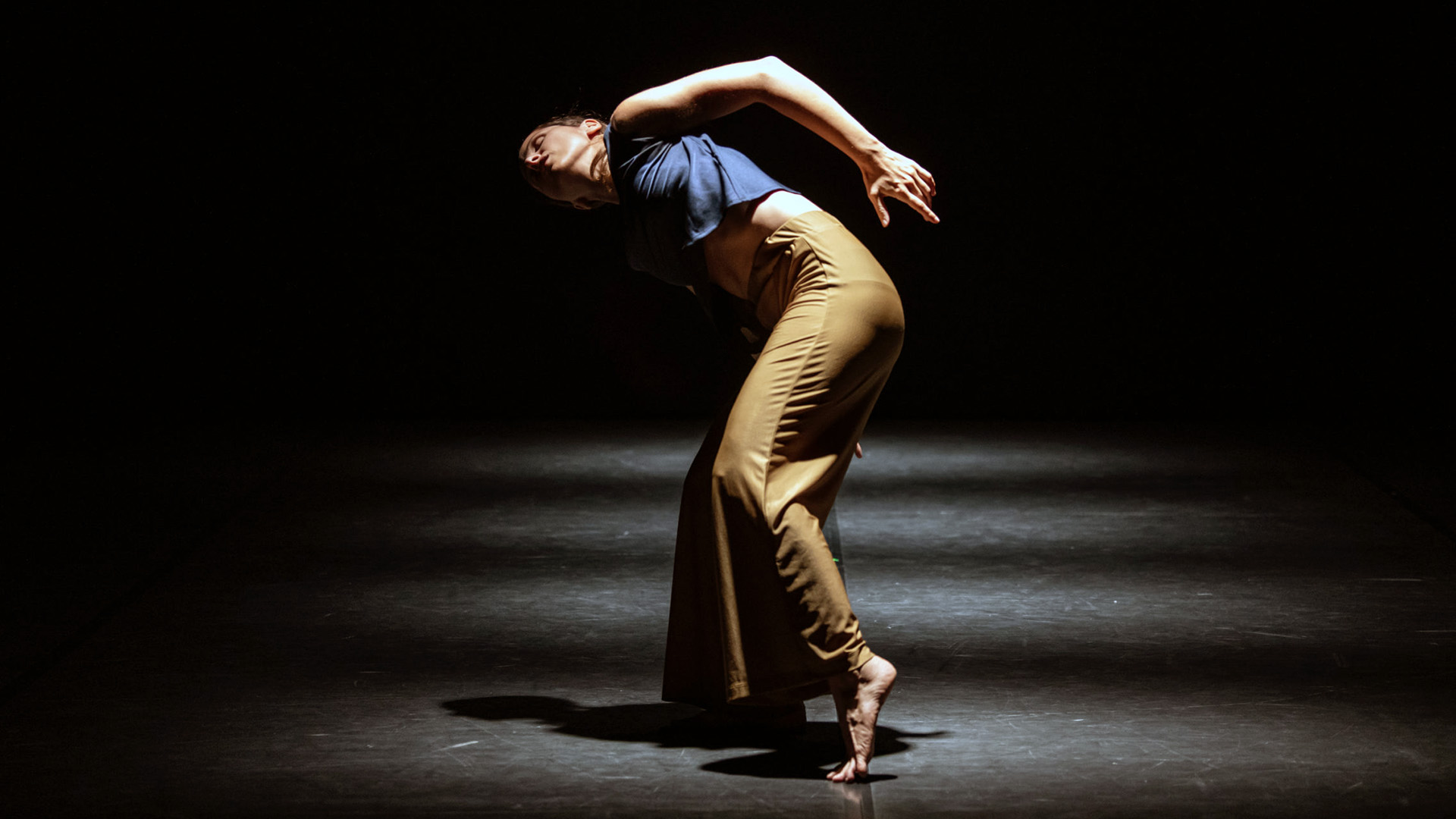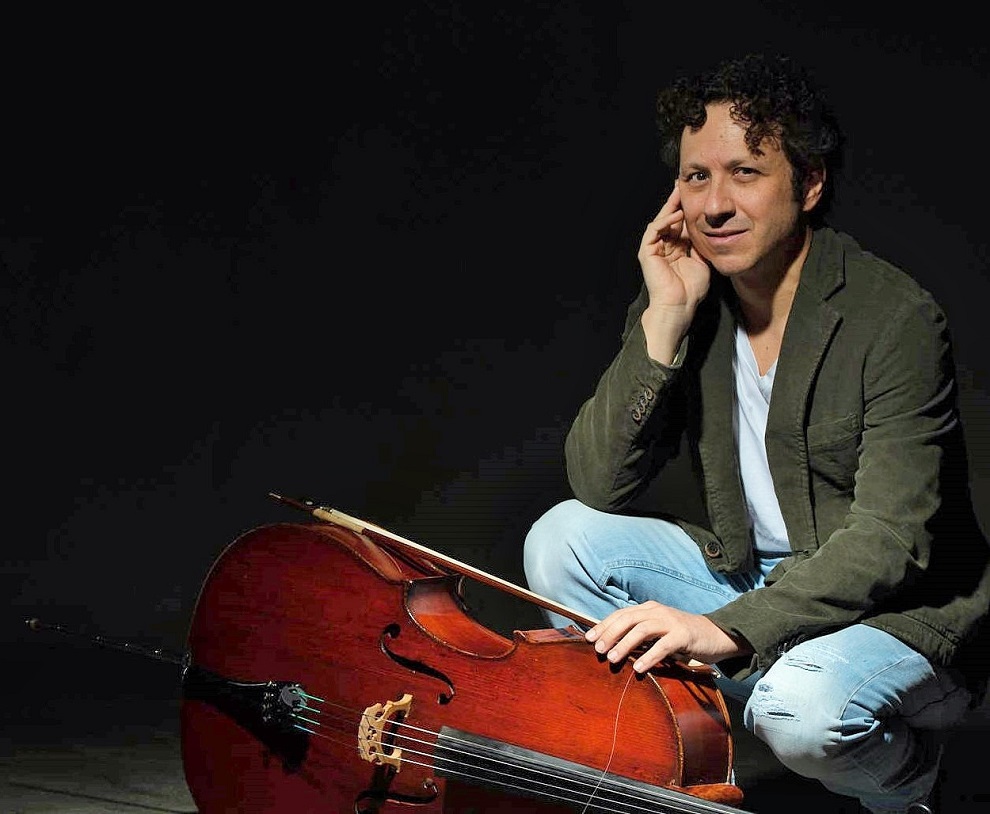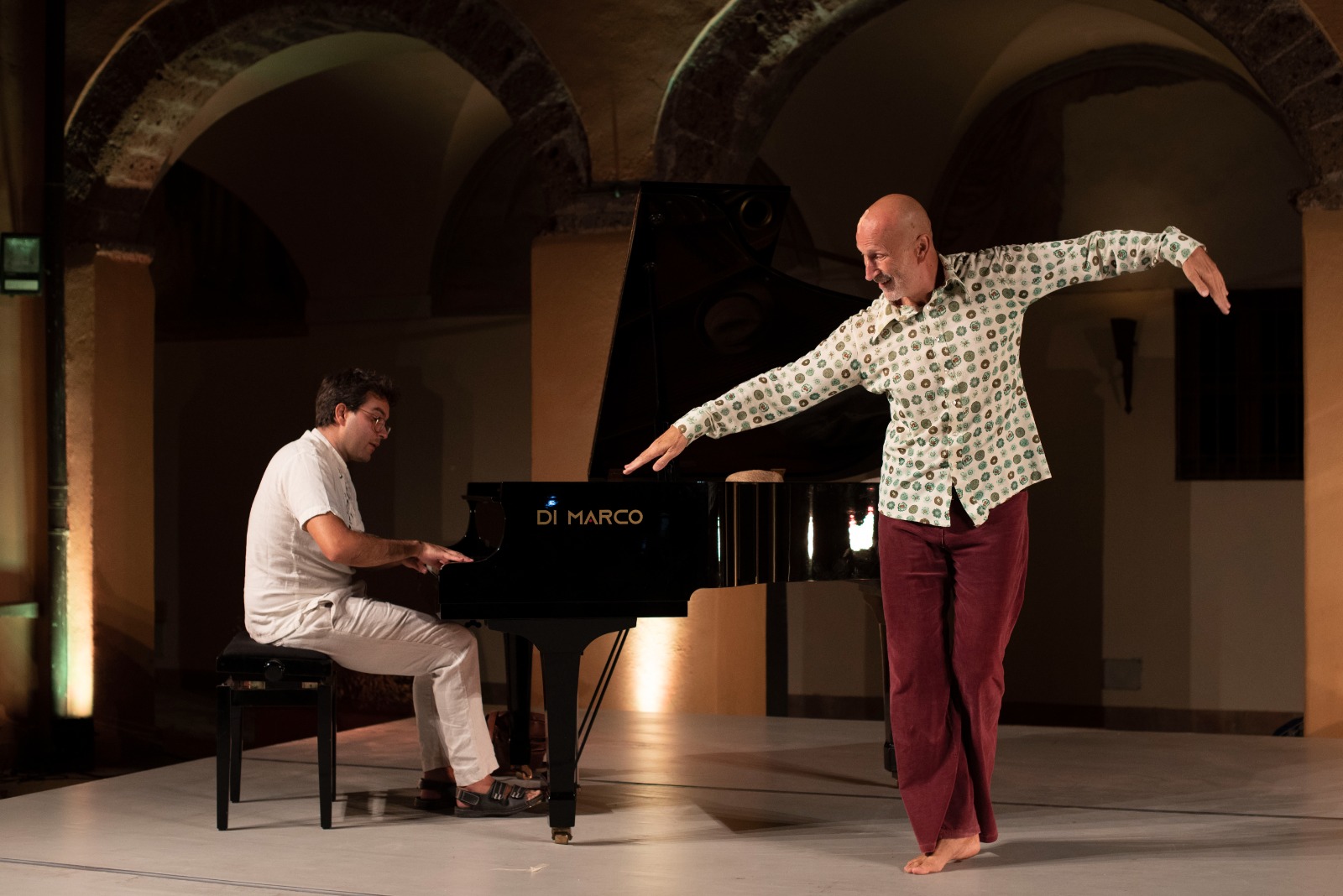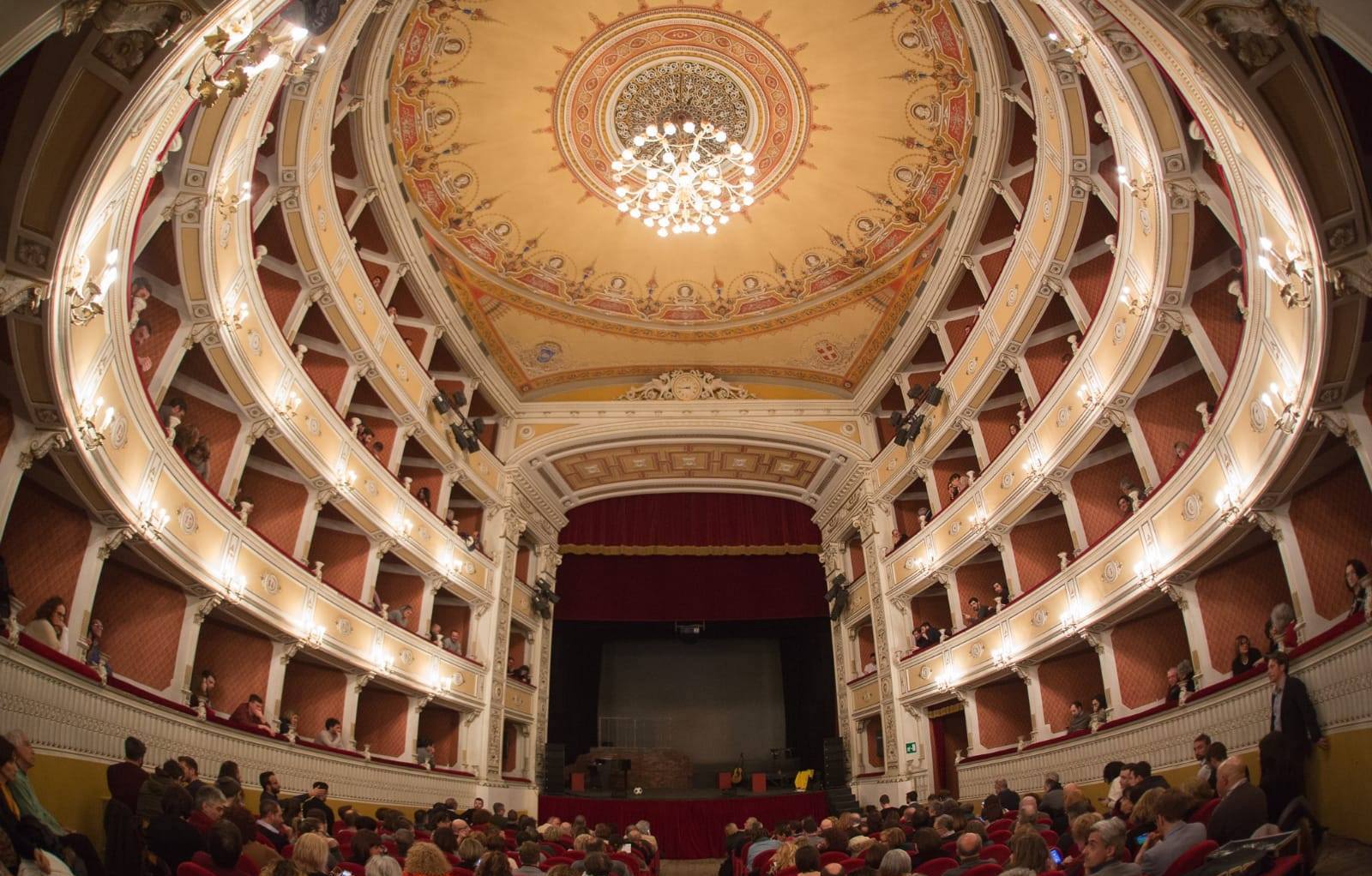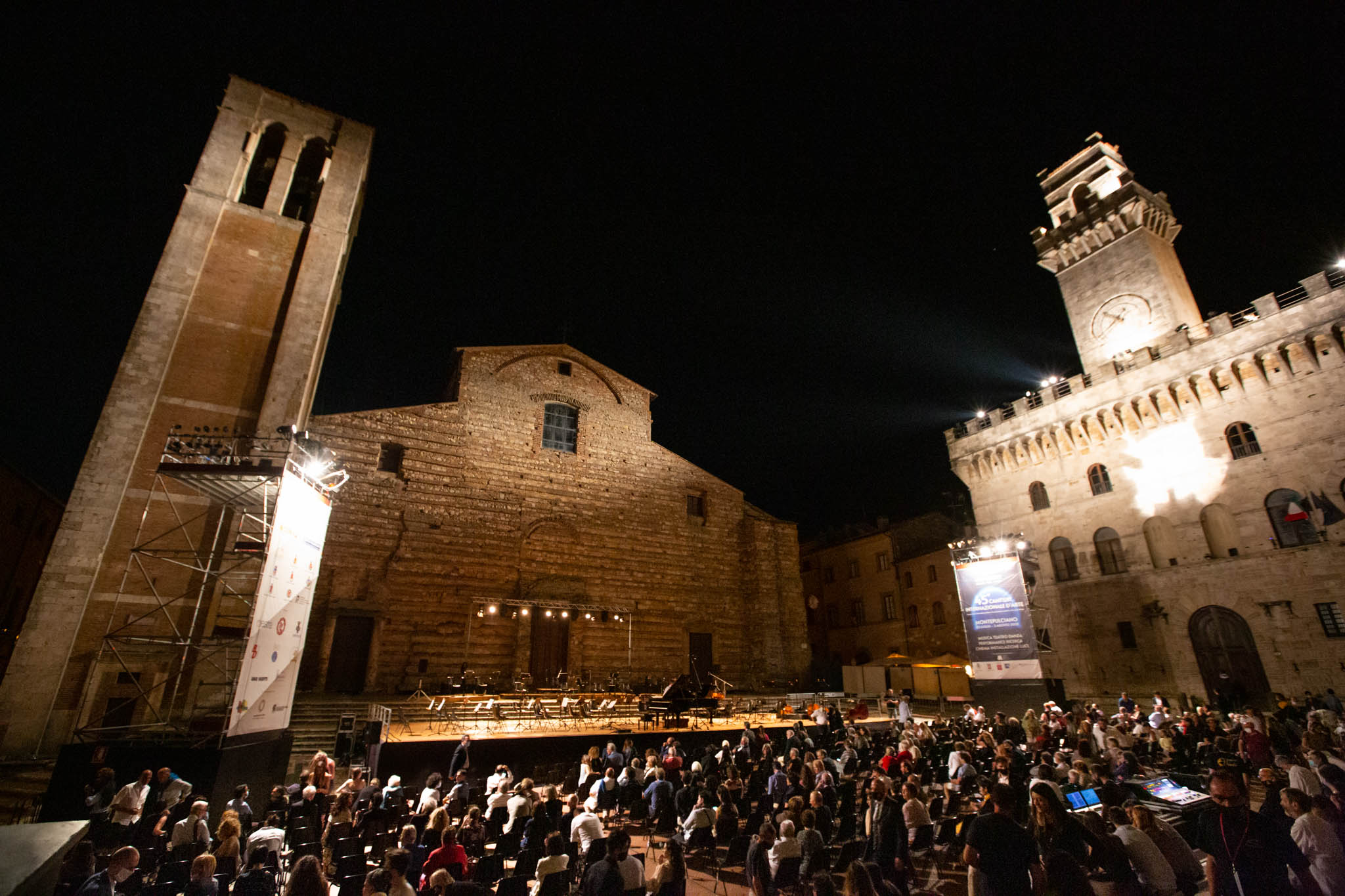CANTI DAL MONDO
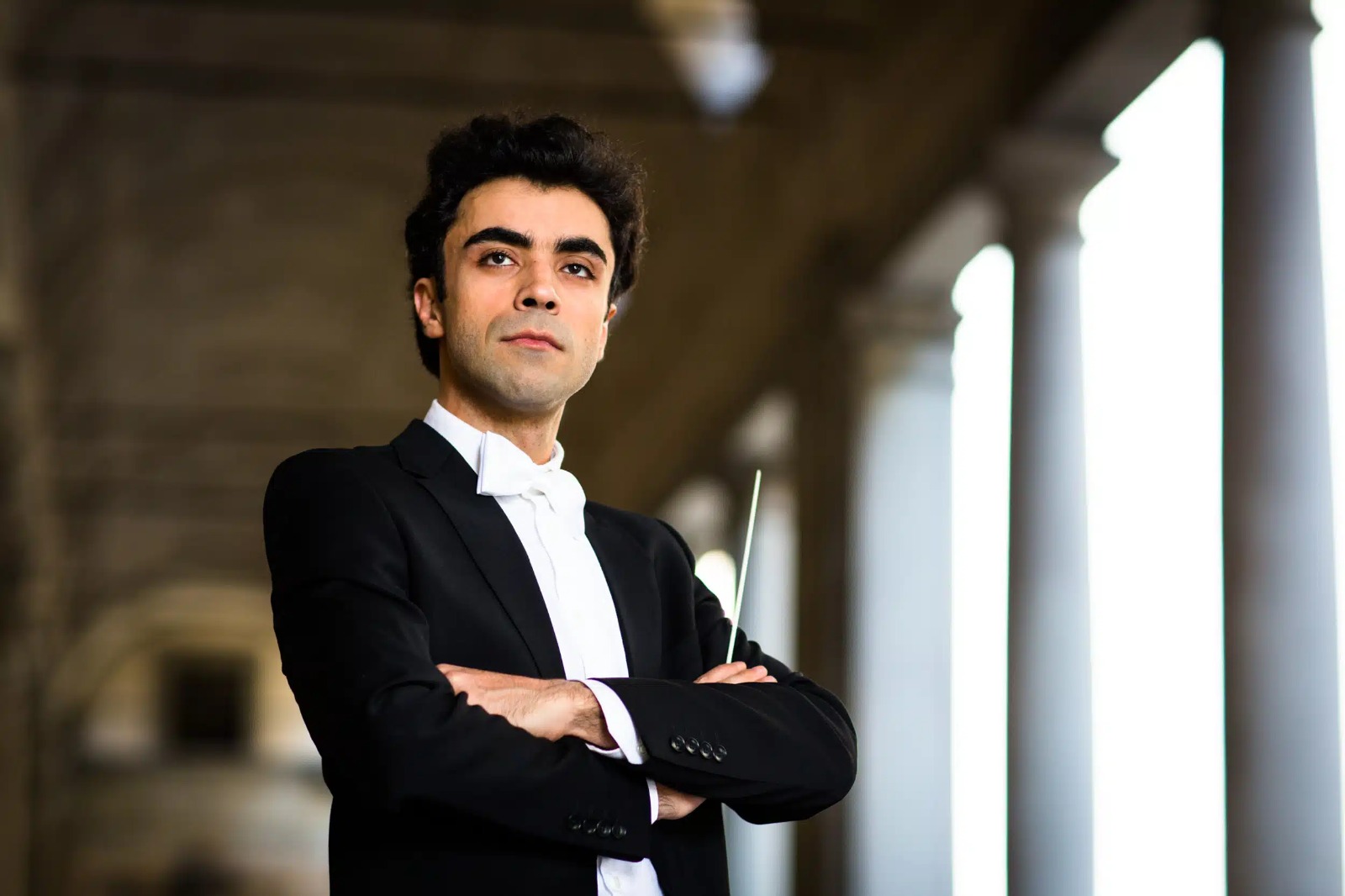
MONTEPULCIANO - Chiostro di S. Agnese
Venerdì 21 luglio, ore 21.30
CANTI DAL MONDO
Ensemble La Filharmonie
Francesco Checchini flauto
Iacopo Carosella clarinetto
Khulan Ganzorig viola
Stefano Aiolli violoncello
Matteo Prandini contrabbasso
Elena Castini arpa
Marlene Fuochi pianoforte
Omar Cecchi percussioni
Nazareno Caputo percussioni
Alda Caiello soprano
Sahba Khalili Amiri mezzosoprano
PROGRAMMA
Reza Vali (1952)
Folk songs, set No. 8 prima esecuzione europea
Lament
Children’s song
Love song
Song from Luristan
Lament
Sacred song
Song from Azerbaijan
Vincenzo Parisi (1984)
Canti di filatrici prima esecuzione assoluta
Luciano Berio (1925-2003)
Folk songs
Black is the color... (Stati Uniti)
I wonder as I wander (Stati Uniti)
Loosin yelav (Armenia)
Rossignolet du bois (Francia)
A la femminisca (Sicilia)
La donna ideale (Italia)
Ballo (Italia)
Motettu de tristura (Sardegna)
Malurous qu’o uno fenno (Auvergne)
Lo fiolaire (Auvergne)
Azerbaijan love song (Azerbaijan)
Nima Keshavarzi - Nota introduttiva
L’incontro tra musica “colta” e musica popolare e il dialogo tra oriente e occidente saranno i temi di un concerto di grande originalità e assoluto interesse che vedrà l’ensemble de La Filharmonie eseguire a fianco delle Folk Songs di Luciano Berio le Folk Songs Set N° 8, in prima europea, di Reza Vali – compositore pluripremiato iraniano-americano, docente alla School of Music della Carnegie Mellon University, eseguito internazionalmente da prestigiose orchestre e gruppi cameristici come Kronos Quartet, Seattle Chamber Players, Pittsburgh Symphony Orchestra, e Boston Modern Orchestra Project e pubblicato da etichette come Deutsche Grammophon e Naxos - e, in prima assoluta, i Canti di Filatrici di Vincenzo Parisi – giovane ma già affermato compositore ligure che attraversa mondi apparentemente lontani come la musica classica, il rock psichedelico e il canto popolare -, entrambi presenti in sala.
Il secondo Novecento europeo, spesso condizionato dalla critica adorniana e dalle teorie della Scuola di Darmstatd, lasciava poco o niente ai compositori-ricercatori di inizio secolo dell'eredità proveniente soprattutto dalle tradizioni dell'Europa dell'est, dal folclore spagnolo fino all'esotismo francese e il neoclassicismo italiano. Il tentativo di Berio di reincarnare sonorità lontane e indefinite del folclore è ben descritto nella nota del compositore del 1964 per le sue Folk Songs:
Il discorso strumentale ha una funzione precisa: suggerire e commentare quelle che mi sono parse le radici espressive, cioè culturali, di ogni canzone. Queste radici non hanno a che fare solo con le origini delle canzoni, ma anche con la storia degli usi che ne sono stati fatti, quando non si è voluto distruggerne o manipolarne il senso.
Ed è sulle tracce dello stesso Berio che si misurano i due contemporanei, Vali e Parisi. Se nel caso del primo parliamo di un progetto lungo trent'anni con ben diciasette cicli tratti dal tessuto multiculturale dei canti persiani, per il secondo si tratta di canzoni popolari raccolte tra la fine dell’Ottocento e i nostri giorni tramite trascrizioni, nastri, video documentaristici; una suite di composizioni per voce femminile e ensemble che vuole tracciare la rotta di un viaggio all’inseguimento dei fili intessuti e cantati dalle donne in ogni angolo del mondo.
Nima Keshavarzi - Introductory note
A meeting of “classical” and popular music and the dialogue between East and West will be the themes of a highly original and fascinating concert that will see Ensemble La Filharmonie perform Luciano Berio's Folk Songs along with Folk Songs Set No. 8, in its European premiere, by Reza Vali. Vali is a multi-award-winning Iranian-American composer and lecturer at Carnegie Mellon University's School of Music, whose work is performed internationally by prestigious orchestras and chamber groups such as the Kronos Quartet, Seattle Chamber Players, Pittsburgh Symphony Orchestra, and Boston Modern Orchestra Project and published by labels such as Deutsche Grammophon and Naxos. Also, in its world premiere, Spinners’ Songs by Vincenzo Parisi - a young but already acclaimed Ligurian composer who crosses seemingly disparate worlds such as classical music, psychedelic rock and folk song. Both composers will be present at the concert.
Late 20th century Europe, often shaped by Adornian criticism and the theories of the Darmstatd School, left the composer-researchers of the early 20th century little or nothing of the legacy coming mainly from Eastern European traditions, from Spanish folklore, from French exoticism, and Italian neoclassicism. Berio's attempt to reincarnate enigmatic and obscure traditional music is well described in the composer's 1964 note for his Folk Songs:
“The musical narrative has a precise function: to suggest and comment on what seemed to me the expressive, i.e. cultural, roots of each song. These roots not only have to do with the origins of the songs, but also with the history of the uses that have been made of them, without wishing to destroy or manipulate their meaning.”
And it is against Berio’s journey that the two contemporaries, Vali and Parisi, measure themselves. If in the former's case we are talking about a thirty-year-long undertaking with no fewer than seventeen cycles drawn from the multicultural fabric of Persian songs, for the latter we are talking about popular songs collected between the end of the 19th century and today through transcriptions, tapes and documentary videos; a suite of compositions for female voice and ensemble charting a journey in pursuit of the threads woven and sung by women the world over.
Vincenzo Parisi - Canti di Filatrici
Liberamente ispirata a canzoni popolari raccolte tra la fine dell’800 e i nostri giorni tramite trascrizioni, nastri, video documentaristici, “Canti di filatrici” è una suite di composizioni per voce femminile e ensemble che vuole tracciare la rotta di un viaggio all’inseguimento dei fili intessuti e cantati dalla donna in ogni angolo del mondo.
Dalla tessitura dei tappeti in Iran alla filatura del lino nella Sicilia anni ‘40, dalla conciatura della lana di tradizione gaelica ancora oggi praticata in Nuova Scozia (Canada) ai rituali di vestizione dei popoli berberi nell’Alto Atlante Marocchino, dai vecchi arcolai del South Carolina cantati anche da Johnny Cash al broccato lavorato sotto i cieli dell’Islanda, e poi ancora dalla Catalogna alla Polinesia, passando per le foreste amazzoniche: il canto praticato nell’atto del filare i tessuti in ognuno dei cinque continenti viene riportato alla luce, esplorato e quindi filtrato attraverso la lente del contemporaneo.
Nell’altalena dei rimandi tra un passato fatto di codici relazionali e di costume travolti e omologati dalla società di massa e un presente in cui sempre più si avverte la necessità rivitalizzante di far affiorare antichi gesti impressi come tatuaggi nel nostro codice genetico, si cercherà il filo (neanche troppo) nascosto che unisce terre e popoli, confondendo e facendo svanire i confini meramente geopolitici grazie al canto che si fa veste e colore in un gioco senza fine tra bisogno di protezione e desiderio di seduzione.
Vincenzo Parisi - Spinners’ Songs
Freely inspired by popular songs collected between the end of the 19th century and the present day through transcriptions, tapes and documentary videos, "Spinners’ Songs" is a suite of compositions for female voice and ensemble charting a journey in pursuit of the threads woven and sung by women the world over.
From the weaving of carpets in Iran to the spinning of flax in 1940s Sicily, from the milling of wool in the Gaelic tradition still practised today in Nova Scotia (Canada) to the dressing rituals of the Berber peoples in the Moroccan High Atlas, from the old South Carolina wool-spinners sung by Johnny Cash to the brocade woven under the skies of Iceland, and then again from Catalonia to Polynesia, passing through the Amazonian forests: the song practised in the act of spinning textiles on each of the five continents is brought to light, explored and then filtered through a contemporary lens.
In the seesaw of cross-references between a past made up of societies and customs discarded and homogenised by mainstream and a present in which the revitalising need to revive ancient practices imprinted like tattoos in our genetic code is increasingly felt, we will seek the (not so) hidden thread that unites people and place, blurring and dissolving mere geopolitical boundaries thanks to the song that becomes clothing and colour in an endless game between the need for protection and the desire for seduction.
Berio Folk Songs – Note dell'autore
Ho sempre provato un senso di profondo disagio ascoltando canzoni popolari (cioè espressioni popolari spontanee) accompagnate dal pianoforte. È per questo e, soprattutto, per rendere omaggio all’intelligenza vocale di Cathy Berberian che nel 1964 ho scritto Folk Songs per voce e sette esecutori (flauto/ottavino, clarinetto, due percussioni, arpa, viola, violoncello) e, successivamente, per voce e orchestra da camera (1973).
Si tratta, in sostanza, di un’antologia di undici canti popolari (o assunti come tali) di varia origine (Stati Uniti, Armenia, Provenza, Sicilia, Sardegna, ecc.), trovati su vecchi dischi, su antologie stampate o raccolti dalla viva voce di amici. Li ho naturalmente interpretati ritmicamente e armonicamente: in un certo senso, quindi, li ho ricomposti. Il discorso strumentale ha una funzione precisa: suggerire e commentare quelle che mi sono parse le radici espressive, cioè culturali, di ogni canzone. Queste radici non hanno a che fare solo con le origini delle canzoni, ma anche con la storia degli usi che ne sono stati fatti, quando non si è voluto distruggerne o manipolarne il senso.
Due di queste canzoni («La donna ideale» e «Ballo») non sono popolari nella sostanza, ma solo nelle intenzioni: le ho composte io stesso nel 1947. La prima sulle parole scherzose di un anonimo genovese, la seconda sul testo di un anonimo siciliano.
Berio Folk Songs – Author’s Notes
I have always felt a sense of deep unease listening to folk songs (i.e., spontaneous folk expressions) accompanied by piano. It is because of this and, above all, to pay homage to Cathy Berberian's vocal talent that in 1964 I wrote Folk Songs for voice and seven players (flute/piccolo, clarinet, two percussion instruments, harp, viola, cello) and, later, for voice and chamber orchestra (1973).
It is, in essence, an anthology of eleven folk songs (or assumed as such) from a variety of sources (United States, Armenia, Provence, Sicily, Sardinia, etc.), found on old records, in printed anthologies or collected personally from friends. I naturally interpreted them rhythmically and harmonically: in a sense, therefore, I recomposed them. The instrumental narrative has a precise function: to suggest and comment on what seemed to me the expressive, that is, cultural, roots of each song. These roots do not only deal with the songs’ origins, but also with their history of the purposes they have served, when one did not want to destroy or distort their meaning.
Two of them ("The Ideal Woman" and "Dance") are not popular in essence, but only in intention: I composed them myself in 1947. The first on the playful words of an anonymous Genoese, the second on the text of an anonymous Sicilian.
 Sostieni i progetti
Sostieni i progetti Amministrazione Trasparente
Amministrazione Trasparente Contatti
Contatti




